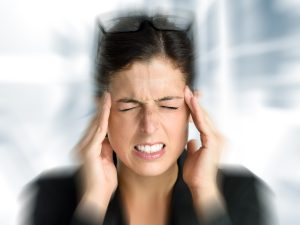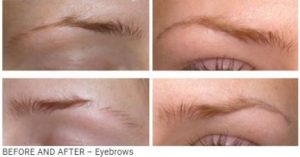Nearly 45 percent of adults snore. For most it’s a minor issue and an elbow in the side from their sleep partner usually fixes it – at least temporarily. But for seven percent of the population, that snoring can be a sign of sleep apnea, a condition that can lead to a host of health issues. Dr Larry Weiss, a board-certified ENT with over thirty years in practice explains doctors determine if a patient has actual sleep apnea.
When we see a patient coming in with complaints of poor sleep, snoring, and daytime tiredness, one of the most common causes is sleep apnea. If after reviewing the symptoms, doing a full exam and considering the patient’s history, we suspect sleep apnea is an issue, we will then order a diagnostic test to evaluate the patient’s sleep quality.
It used to be that we’d have to send patients to a sleep lab, and they’d have to spend a pretty uncomfortable night in a room with somebody, attached to a bunch of gadgets and not get the most pleasant night’s sleep.
But now, thankfully, the standard of care is something called a home sleep test where the patient comes into the office and picks up a small device which may be like a cell phone size or even wrist mounted like a watch. They are shown how to use it, which is pretty simple involving sticking a little sensor to their chest and another over their finger.
When they are ready to sleep, they push a start button on the device which records certain measurements like respiration, heart rate, and blood oxygen level. They bring it back the next day and we analyze it and we have our answer – does the patient have someone have sleep apnea or not?
So how do analyze the sleep test to determine if someone has sleep apnea or not? What we’re looking for is what’s called apneic events, where people stop breathing for longer than 10 seconds, and also what’s called hypopnea is where they stop breathing for less than 10 seconds.
We have a calculation based on the average number of events per hour while sleeping, which is called the apnea-hypopnea index. The apnea-hypopnea index (AHI) is a measure of the severity of sleep apnea. We calculate it as the average number of apneic (when breathing stops) and hypopneic (when breathing is shallow and insufficient) events per hour of sleep. Based on that AHI number, the patient is assessed into one of four categories:
- Normal – less than 5 events per hour
- Mild – 5 to 14 events per hour
- Moderate – 15 to 29 events per hour
- Severe – Over 30 events per hour
Then, based on the severity level, we will consider what type of treatment is appropriate to manage the sleep apnea for the patient.


